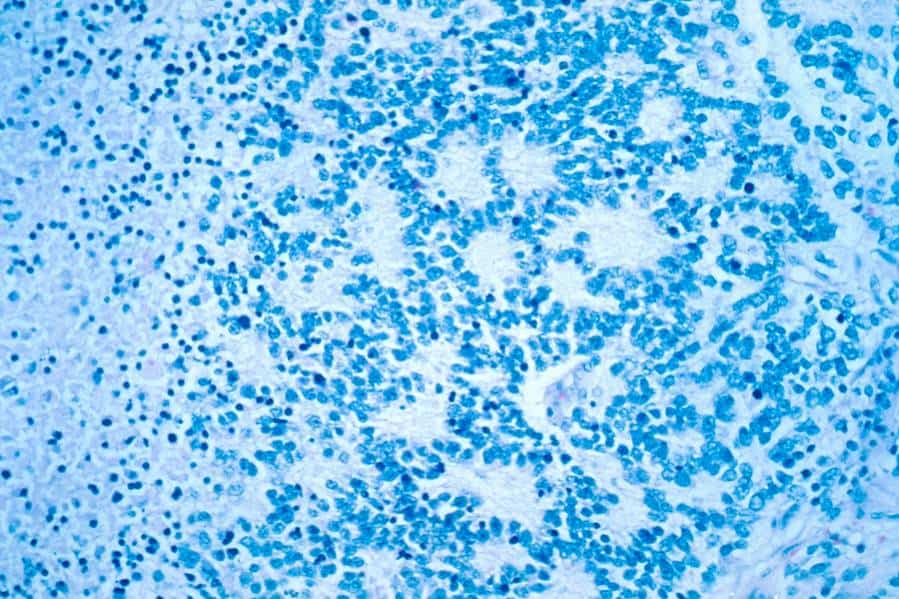Researchers at Baylor College of Medicine and Texas Children’s Cancer Center have found that the molecular clock may be key to treating neuroblastoma. The researchers studied patients with high expression of MYCN, known to be the major oncogenic driver of neuroblastoma. In those patients, two main components of the molecular clock were repressed—BMAL1, which oscillates to drive the clock cycle, and RORa, which activates BMAL1. This repression correlated with poor clinical outcome.
“We were very interested in how MYCN can reprogram tumor metabolism,” said Dr. Eveline Barbieri, assistant professor of pediatrics – hematology and oncology at Baylor. “We found that MYCN amplification inhibits BMAL1 expression and oscillation, leading to metabolic reprograming and oncogenesis.”

Because BMAL1 and RORa suppression allowed the tumor cells to grow, the researchers wanted to know if restoring these components of the molecular clock would stop growth in neuroblastoma cells. They tested two approaches in the lab—genetic overexpression of RORa and a pharmaceutical approach using a synthetic ligand that reactivates RORa. Both techniques successfully restored BMAL1 expression and oscillation.
Restoring the clock blocked tumor growth
“Our strategy to restore BMAL1 expression also blocked tumor growth, suggesting that repression of the molecular clock is indeed oncogenic,” Barbieri said.
We showed that restoration of the molecular clock suppresses neuroblastoma growth and also makes neuroblastoma tumors more sensitive to conventional chemotherapy treatments, offering a potential future therapeutic approach.
“Our cells follow a molecular clock that controls cell metabolism, much like the body’s circadian rhythm controls sleep cycles. We know that metabolic processes are really important in how tumors develop resistance to chemotherapy,” Barbieri said. “In the future, if we can develop therapeutics that restore the molecular clock in a clinical setting, we may be able to use them in combination with standard chemotherapy to avoid treatment resistance.”
Want to know all the details of this work? Find it in the journal Nature Communications.
Dr. Myrthala Moreno-Smith and Dr. Ling Tao, researchers in the Barbieri Lab, are first and second authors of the publication. This study was supported by the Alex’s Lemonade Stand Foundation for Childhood Cancer, St. Baldrick’s Foundation, and the Cancer Prevention and Research Institute of Texas (CPRIT). For a full list of authors and contributing authors, see the publication.
If our reporting has informed or inspired you, please consider making a donation. Every contribution, no matter the size, empowers us to continue delivering accurate, engaging, and trustworthy science and medical news. Independent journalism requires time, effort, and resources—your support ensures we can keep uncovering the stories that matter most to you.
Join us in making knowledge accessible and impactful. Thank you for standing with us!

